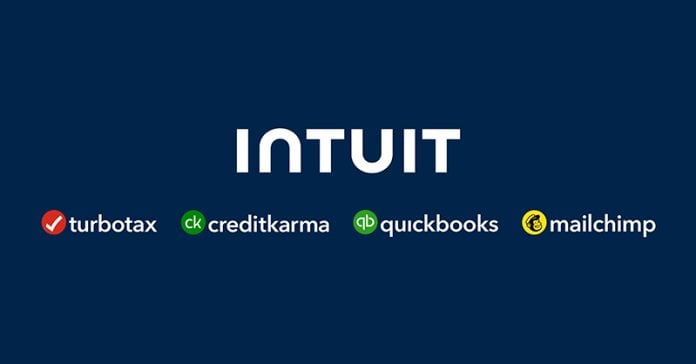Consumers are poised to significantly increase their holiday spending, presenting an exciting opportunity for small businesses this season. According to the latest Intuit QuickBooks Holiday Shopping Report, U.S. consumers plan to inject $263 billion into holiday shopping—a 25% increase from 2024. Notably, small businesses stand to benefit significantly, with an estimated $109 billion in consumer spending targeted towards them, reflecting a remarkable 44% year-over-year growth.
Despite ongoing economic concerns, including inflation and tariffs, it seems that the joy of gift-giving will drive consumer behavior this holiday season. Nearly half of those surveyed expressed a commitment to spend more than last year, with 41% of total consumer spending expected to support small businesses. "It’s encouraging to see consumers prioritizing gifts for family and loved ones, even if it means scaling back in other areas," said Simon Worsfold, Head of Data Communications at Intuit QuickBooks.
The survey, which gathered insights from 6,000 consumers and 1,000 small business owners, revealed that many consumers are determined to carve out budget space for gifts. Approximately 47% stated they are cutting back on discretionary spending such as dining out and travel in order to allocate more funds for holiday purchases. Interestingly, 42% of consumers shared that this year, giving gifts is more important to them than ever.
For small businesses, the stakes are high. A staggering 93% of owners noted that the holiday season is crucial for achieving their annual revenue goals. This year, business owners anticipate that holiday sales will represent nearly half of their total yearly revenue, an increase from 33% in 2024. Optimism runs high: 65% of small business owners believe they will see increased revenue during the holiday season, and 57% reported year-over-year revenue growth leading up to this critical shopping period.
Liz Pham, owner of Bows Arts, highlighted the season’s significance, stating, "For small businesses like ours, the holiday season is when everything comes together. It’s not just our busiest time of year; it’s when we see the impact of our community’s support the most." Pham added that tools like QuickBooks and Mailchimp are invaluable for staying organized and enhancing customer experiences.
While the enthusiasm is palpable, both consumers and businesses must navigate economic pressures. About 86% of consumers expressed concerns over how inflation and tariffs will affect their spending, with 51% anticipating higher prices. Moreover, 33% are wary of increased shipping costs, and 25% expect fewer promotional opportunities this year. To mitigate these pressures, consumers are adopting tactics such as early shopping (37%) and seeking deals (72%).
Small businesses are also adapting to these challenges. Sixty-eight percent reported that tariffs have significantly impacted their operations, leading to price increases (32%) and inventory adjustments (25%). To optimize their approach, many plan to offer exclusive deals and ramp up advertising efforts, with 44% recognizing the importance of customer service to attract and retain holiday shoppers.
Worsfold emphasized that small businesses can leverage this unique shopping climate by using digital and AI-driven tools to better target consumers, manage inventory, and streamline operations. With nearly half of U.S. consumers now prioritizing shopping small, the message for small business owners is clear: this holiday season demands strategies that align with shifting consumer priorities.
To capitalize on growing consumer interest, small businesses are encouraged to integrate effective marketing strategies. These might include enhancing their online presence, particularly through mobile platforms, as two-thirds of consumers plan on using mobile devices for holiday shopping. More than half of respondents noted that receiving discount codes and reminders about sales via email or SMS significantly influences their purchasing decisions.
As the holiday shopping rush approaches, small businesses need to be proactive in monitoring consumer behavior, especially around key shopping dates like Thanksgiving, when 71% of consumers intend to shop. With many shoppers starting as early as October, businesses should prepare to meet increasing demands.
For further insights into optimizing holiday sales and harnessing the right tools for growth, visit Intuit’s QuickBooks Holiday Resource Page.
This holiday season carries the potential for significant financial success for small businesses if they can adapt to the shifting landscape of consumer expectations and economic realities. As they gear up for the shopping rush, the message is clear: prioritize your customers and leverage technology to create lasting impacts.
To explore more details, read the full report here.
Image Via Intuit



